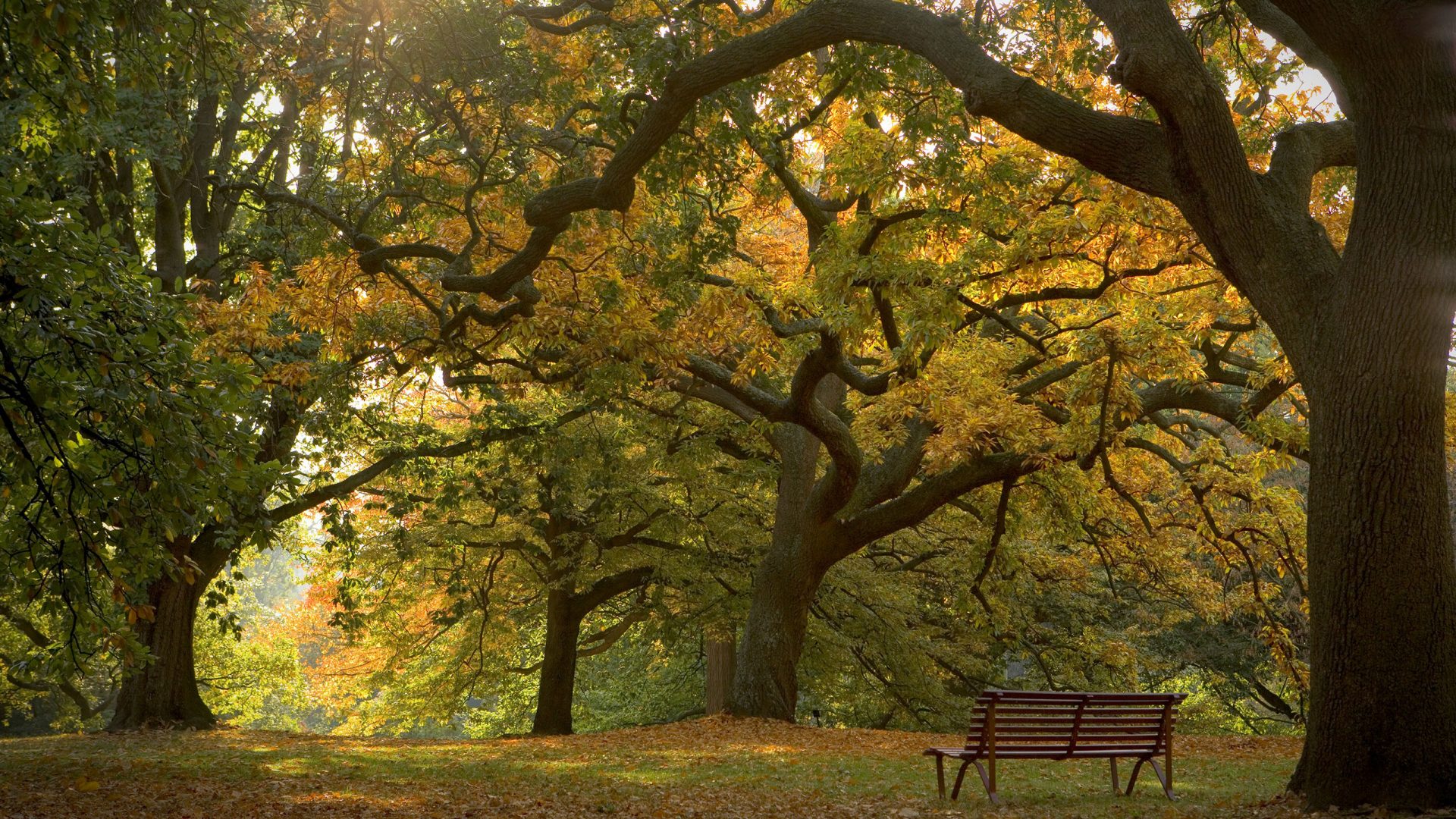
- This event has passed.
Sydney Branch: AGM and Illustrated Talk – Elusive Traces of Migrants’ Gardens
28 August 2024 @ 6:00 pm AEST
The AGM and the Talk following the AGM is a free event for AGHS members. Bookings are essential as the capacity of the Annie Wyatt Room is strictly limited to 50 people.
When booking, you will need to indicate how many tickets you want and then supply names for our name tags, but the cost for members is zero.
Prior to the meeting we will send out an agenda, previous minutes and committee member application forms and any other related documents. The committee are always on the lookout for members to join them, no skills are required, and everyone is welcome. A committee member form will be sent with the documents previously mentioned.
Date: Wednesday 28th August
Venue: Annie Wyatt Room, National Trust of Australia (NSW), Upper Fort Street, Miller’s Point.
Time: 6:00pm AEST for nibbles. 7pm AGM start and talk directly following the AGM.
Cost: AGHS Members FREE , Non-members $10, Students $5.
Book: at Trybooking.
Illustrated Talk – Elusive Traces of Migrants’ Gardens, presented by Helen Armstrong AM, Professor-Emerita of Landscape Architecture, QUT.
The gardens migrants make show how memories and dreams take form in the new country. All Australian gardens, whether grand or modest, are intriguing mixtures of influences from other countries and curious Australian plants growing in unusual settings.
There are complex reasons why migrants leave their home country; ranging from simple traditions of migratory work to chaotic displacement associated with war. Many Mediterranean migrants in Australia were following the tradition of migratory work. The gardens of such migrants tend to follow the traditional patterns of growing provisions for the family and the market. This was also true of the Chinese when they came to Australia.
Other migrants were forced to flee their countries due to war. Such refugees believed that they would never be able to return to their countries, so the garden took on a particular poignancy as a place to re-establish order after chaos, a place to experience the healing power of seasons and to give expression to cherished aspects of lost homelands.
Some migrants came to Australia for religious reasons, seeking to establish utopian settlements, such as the German migrants in the 19th century. The collective nature of utopian settlements is reflected in their gardens.
Of sad poignancy are the refugees from Somalia and Sudan who spent years in refugee camps, before coming to Australia. During those years, they merely existed, queuing for water and food every day. Over their long period of waiting, they were not able to dwell and so forgot how to garden.
The migrant experience after arriving in Australia tends to follow a certain sequence. First, there is the compulsive need to make a garden to grow food. The German philosopher, Heidegger, suggests that for humans, the urge to cultivate land and build a shelter are the first imperatives for dwelling.
After the initial grief over a lost home, there is delight in connecting with their specific migrant community already within Australia. Sharing memories with other migrants helps migrants accept the new country and through gardening migrants start to make the unfamiliar feel familiar and to experience healing.
As much as there is a sense of loss in the experience of migration, there is also a sense of adventure. Some Vietnamese gardens in Australia showed this adventurous spirit.
Different migrant communities and the host community learnt from each other; however, some were unwilling to embrace change. The grandson of an Italian migrant family in Sydney comments with amusement, that his grandparents would not eat the fruit from a prolific passion-fruit vine they inherited in their first Australian garden.
‘Invented traditions’ are also evident in many migrant gardens, as a response to the gradual change brought about by increased material wealth. The second and third gardens of many migrants exhibit such inventions in opulent representations of their cultural heritage.
There are fascinating stories about migrant gardens, all intriguingly different and rich in cultural meanings. But these gardens are ephemeral, often only lasting as long as the migrant gardener. Such gardens are part of the rich tapestry of Australian cities; however, they do not last. They are ephemeral cultural expressions and perhaps all we can do is catch their fleeting stories and attempt to understand the depth of their meaning.
Dr Helen Armstrong AM is Professor Emeritus of Landscape Architecture, Queensland University of Technology. She has been an academic in landscape architecture since the late 1970s, both in Australia and overseas. She has undertaken a number of heritage research projects related to cultural landscapes, including Australian landscape history, Queensland cultural landscape as a contested terrain, migrant place-making and the contribution of cultural pluralism to Australian cultural heritage. Recent work includes a study of the migrant garden as well as the contribution of designers with migrant background to the designed fabric of Australian cities.

